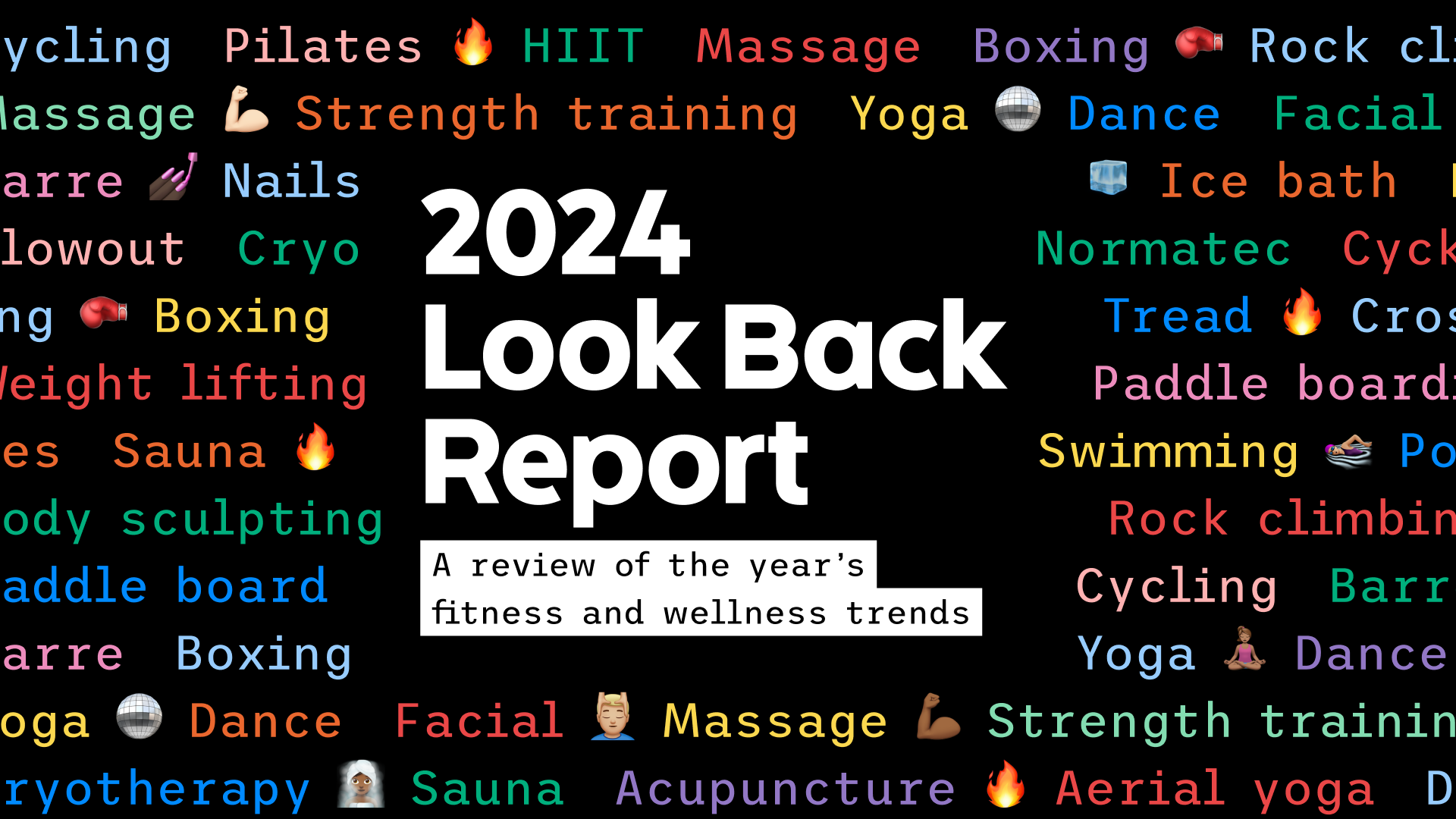You’ve probably heard a thing or two about indoor rowing classes, or personally experienced one yourself. However, first impressions or common rumors aren’t everything when it comes to this wildly effective workout! Some of these misconceptions might surprise you.
It’s strictly cardio
While you will get a pretty solid cardiovascular workout in, it’s not the only benefit on the workout menu! Rowing machine classes are a full body workout, so it’s a great way to pair strength with cardio, as the resistance will help build muscle strength. An additional perk of rowing classes is better posture, as you are strengthening your posterior chain muscles and core.
You’ll get bulky legs
While your professional counterparts may be strongly built due to an expertly paired lifting regimen, a regular rowing machine class will not cause you to bulk up. In fact, the cardiovascular workout you’ll get from it will help burn additional calories! Instead, you’ll build strong and toned muscles from your legs to your shoulders, which aid in better posture, making you appear taller and toned.
Rowing is hard on your back and upper body muscles
This is a major myth! If you’re experiencing back and upper body fatigue or pain, it’s due to poor form. Rowing actually strengthens your posterior chain muscles, which include your glutes, core and back muscles. You always want to make sure you’re pushing through your heels and sitting up straight, with your core muscles drawn in. Your legs will be doing the majority of the pushing, with a little help from your back at the top of the stroke.
[sc name=”saveupto70off” ]The faster you pull, the further you’ll go
Breaking those distance PRs isn’t directly related to the number of strokes you pull on the machine. It’s a power based equation, in fact! Just like you’d do on a bike, you’ll want to add resistance to build up speed. The harder you push out each individual stroke will determine how far you’ll go!
The higher the resistance, the better the workout
Not true! Depending on what type of workout you’re hoping for (more cardio vs. more strength) the resistance on the damper should be changed accordingly. If you’re more focused on cardio, try keeping the damper between 3-5. If you’re focused on building strength in your posterior chain muscles, bring it up to 7-10 depending on your fitness level, focusing on hard slow pulls.







